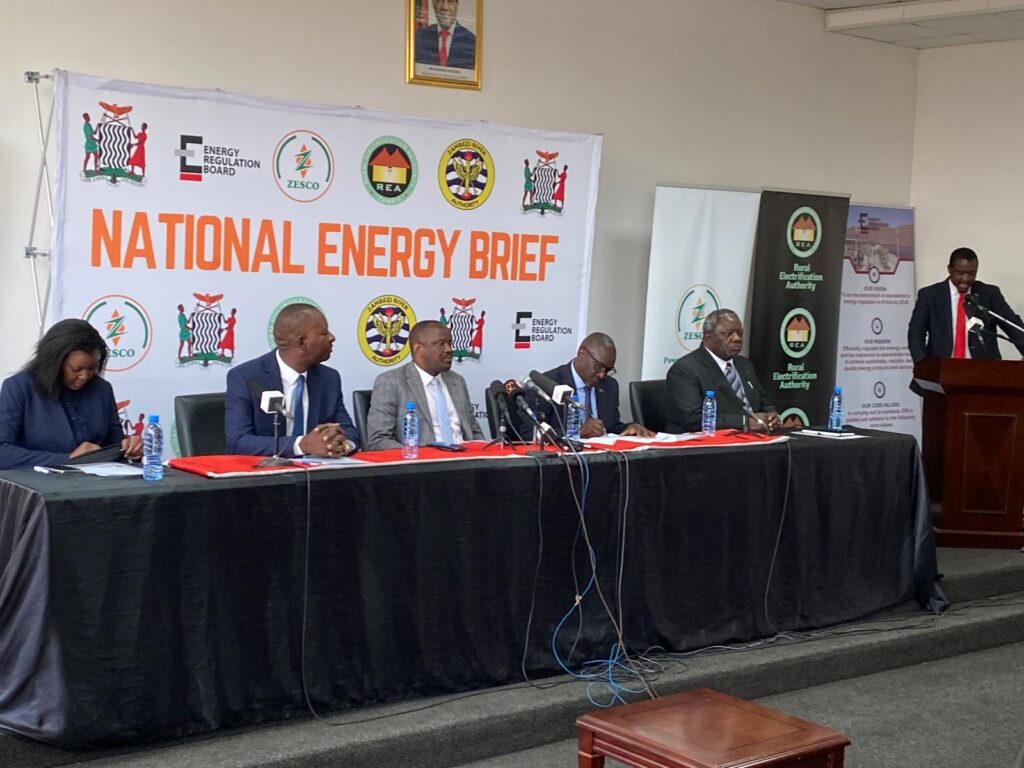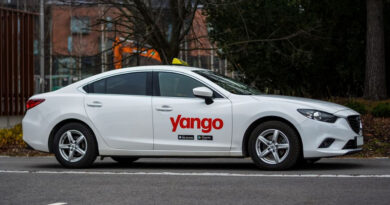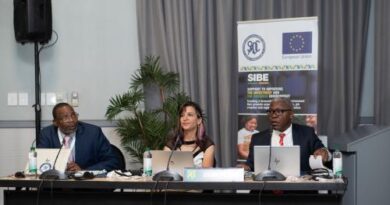Zesco Power Deficit hits 1,5MW
The power deficit in drought-ravaged-Zambia heightened to 1,510 MW against an installed capacity in excess of 3,777MW despite imports to pacify over the crisis that has reduced consumption of the commodity by consumers, chiefly domestic to three-hours daily.
Zambia has since March suffered sustained load management after the El Nino induced drought swept through the Southern African state and continent’s second largest copper producer, after many of the country’s water reservoirs, including 66-year-old-Kariba Dam dried to levels below 1.3 metres of usable water to drive the turbines for power generation, depriving the country about US45 million in power export revenue, according to Zesco’s managing director Victor Mapani.
Energy Minister Makozo Chikote, in a statement said while the state was undertaking various countervailing measures including securing fresh investment in the energy sector through a mixture-solar and other alternatives to traditional hydro, power generation remains at a low 890MW.
Zambia, relying chiefly on hydro power generation as the energy has an installed capacity of 3,777 megawatts with the national peak demand estimated at 2,400 megawatts, inducing a power shortfall of 1,510 megawatts.
The shortfall has in turn affected industry, manufacturers included that have had to operate at half capacity to meet production of goods and services, many that are needed to foreign markets including the United States of America under the Africa Growth Opportunity Act (AGOA).
ZESCO Limited in collaboration with various players, mining companies, included is importing in excess of 496 megawatts of power from the region, though still falls short of 1,014 KW needed, resulting in over 12 hours of power rationing across the country.
The Zambezi River Authority (ZRA), regulators of the Zambia-Zimbabwe-shared-Kariba dam in its latest report notes the sustained decline in water inflow, closing the period under review at 476.70m (8.30% usable storage) as at September 2 compared to a similar period last year recorded at 479.21m (26.08% usable storage).
The situation leaves usable water at 1.2 m, the lowest water levels spurred by the El Niño phenomenon. Power utility, ZESCO has warned of an impending shutdown of the operations at Kariba’s North Bank power stations whose levels have slowed down and might force the company to shut down operations by 14 September.
President Hakainde Hichilema, currently in China is in talks with various suppliers of energy mix including solar to offset the deficit. This is despite the President officiating at the ground breaking ceremony for US$400 million Maamba Collieries Phase II project. When completed may add 300 megawatts of thermal power to the national grid.
Minister Chikote notes that the launch of a net-metering initiative was an impetus for stakeholders to participate in upping the energy needs to meet demand through the recommended equipment provided by Zesco to ensure access to quality, reliable, and compatible technology options and approved by regulator, Energy Regulation Board (ERB).
The approval of incentives for solar, geothermal, and liquefied petroleum gas (LPG) equipment has further helped to ease the recurring power deficit. The Rural Electrification Authority (REA) is allocating resources toward off-grid and on-grid solar projects in various communities to reduce the burden on the national grid.
In August, REA completed three more solar mini-grids: a 60-kilowatt grid in Mpidi, Zambezi district; a 100-kilowatt grid at Chilubi Hospital in Chilubi district; and a 70-kilowatt grid in Chieftainess Mwanya, Lundazi district, raising the operational solar-mini-grids developed by REA to 13.
The Kariba Dam has capacity of 10% of usable water for power generation, with a high utilization rate required to meet demand. With ZESCO’s water allocation at Kariba nearing depletion, the power deficit is expected to increase by 300 megawatts.
Additionally, scheduled maintenance at Maamba in September 2024 is expected to cause another 135 megawatts deficit, leading to an extension of power rationing hours between 17-22 hours daily.
To alleviate the situation, ZESCO has secured 168 megawatts from ESKOM of South Africa and is negotiating for an additional 50 megawatts from the Southern African Power Pool (SAPP), expected to commence by August 21, 2024.
On the issue of tariffs, ZESCO is currently importing power for 12.6 cents per kilowatt-hour, while the local regulated tariff stands at 4.1 cents per kilowatt-hour. The government is consulting with various stakeholders to design a tariff mechanism that will allow ZESCO to recover its costs during this period of drought response.
The Energy Minister assured the nation that the government remains committed to addressing the energy challenges and ensuring a sustainable power supply for the country.
Picture: Energy Minister Makozo Chikote (third left) addressing the media on the energy crisis.



